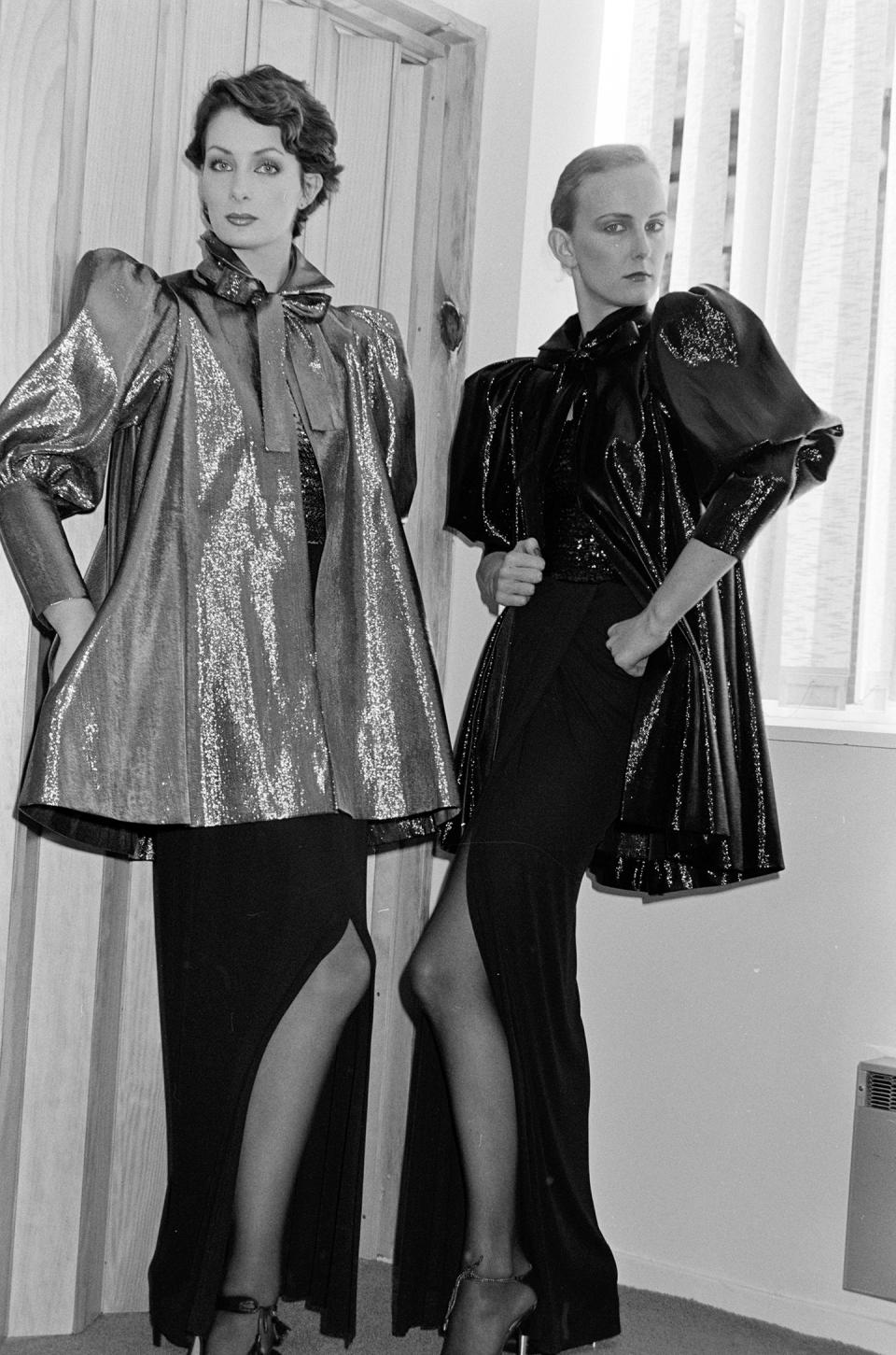British Fashion Designer John Bates Dies at 83

LONDON — English designer John Bates, who helped define the ‘60s in Britain with his Space Age micro-mini dresses and skirts, has died at age 83.
Born and raised in Ponteland, Northumberland, Bates was the son of a miner. From a young age he realized he wasn’t like his father, who was an avid sportsman. Instead, he was bookish, which led him to train as a newspaper reporter, but after failing to find a job in the publishing industry in London, he turned his head to becoming an office assistant and then later enrolled in the National Service in the War Office between 1953 and 1955.
More from WWD
After his time doing service, Bates, with no formal fashion training, was introduced to London couturier Herbert Sidon of Sloane Street by a friend that quickly turned into a job for him. Here he met Gerard Pipart, who would go on to become couture designer at Nina Ricci for more than 30 years.
At age 21, in 1959, Bates started to make his own designs under the name Jean Varon to appeal to a wider audience, as English names were not considered sophisticated enough in the fashion world.
By 1965, Bates rose to prominence by designing the costumes for Diana Rigg to wear for her iconic role as Emma Peel in “The Avengers,” the British espionage television series for which French fashion designer Pierre Cardin also designed dresses and suits.
This is when Bates befriended the editor of British Vogue’s Young Ideas, Marit Allen, who championed him and would back up the claim that he invented the miniskirt instead of Mary Quant and André Courrèges.
In the same year, The Fashion Museum in Bath, Somerset awarded him with the prestigious Dress of the Year award, which has been won by the likes of Giorgio Armani, Ralph Lauren and Sarah Burton for Alexander McQueen.
The following year, in 1966, Bates designed Allen’s wedding ensemble, a white gabardine and silvered PVC minidress with a matching short trenchcoat trimmed with silver PVC lapels.
Bates’ roster of clients included musicians and royalty, from designing Cilla Black’s wedding dress to Bobby Willis in 1969 to being worn by Princess Margaret in Mustique.
During the ‘70s, Bates changed his direction of structural abstract designs and steered toward feminine maxi dresses with the rest of the world as Woodstock-mania took over. During this period on the London fashion scene, designer Zandra Rhodes was up-and-coming.
She recalled, “John was always generous to myself and Bill Gibb when we were new designers and we all showed our collections together in a Grosvenor House show in the early 1970s. It was a pleasure to know him as a designer and as a friend. He was a big influence on the ‘60s and ‘70s and helped shape these decades with his designs. As Jean Varon, he was very successful in Harrods.”
In 1974, he introduced an upmarket version of his label, featuring appliqué, pure silks and embroidery that Princess Alexandra regularly shopped from.

Fairchild Archive/Penske Media
By the early 1980s, Bates decided to depart the mainstream fashion world as his label fell into bankruptcy. Another designer, Tom Bowker, took on his post. Bates retired to Wales, where he took up portraiture painting.
The Victoria and Albert Museum and the Museum of Costume in Bath held a major retrospective of Bates’ work in 2006.
Bates is survived by his partner, John Siggins.
Best of WWD
Sign up for WWD's Newsletter. For the latest news, follow us on Twitter, Facebook, and Instagram.

